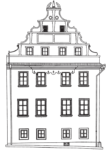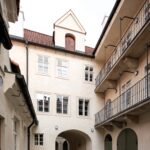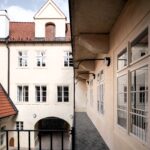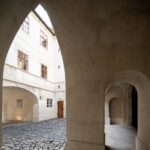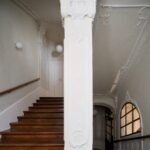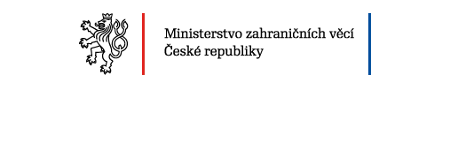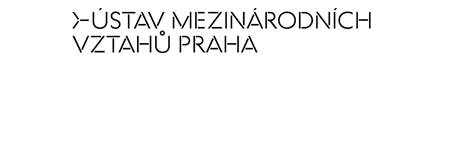Palace History
The origins of the unique Malá Strana palace complex, of which Small Buquoy Palace is a part, date back to the 12th century, when King Vladislav II donated a plot of land to the Order of the Hospital of St. John (later of Sovereign Military Order of St. John of Jerusalem of Rhodes and of Malta the so-called Order of Malta) for the purpose of building a church and hospital on the premises.
Small Buquoy Palace was built in 1598 in the heart of Old Prague by Melchior Gniessen of Kobach1, the Chancelor of the Order of Malta. Over five centuries, the sought after townhouse changed hands within the ranks of the European aristocracy multiple times.
Among the residents, for instance, were Christopher II of Redern, Herman Czernin of Chudenice2, and Marie Valburga, Countess Petazzi by marriage. In 1764, the house was bought by Franz Leopold Lonqueval, Count of Buquoy, High Steward of the Kingdom of Bohemia3.
The whole ground floor of the main building of Small Buquoy Palace was built in a Late Renaissance design, with the dominant feature being a Renaissance-style gable on the eastern facade, which, except for certain simplifications, has been preserved in this original form. All the vaults, groin vaults and the whole ground floor layout date back to around 1600.
Use of the palace
The palace remained the property of the originally French noble family, the Boquoys, until 1945, when it was confiscated from its last owner, Carl Georg Buquoy, under Presidental Decree No. 108/1945 Coll. The administration of the palace later fell under the authority of the Services Management of the Diplomatic Corps in Prague5, with today´s Diplomatic Service being its successor. For a long time, the building was rented to the French Embassy.
1Dr. Vlček, Dr. Vilímková, Dr. Urban, Stavebně historický průzkum č.p. 484/III, č.j. 4927/b únor 1989
2 SUA, SM sign. C 215/R 12
3 SOA Třeboň, Vs Nové Hrady, Buquoyské domy v Praze
4 Rokaj (franc. Rocaille – mušlička) je abstraktní a často nesymetrický ornament, podle kterého dostalo název rokoko
5 Výpis z pozemkové knihy Katastrální území: Praha, Malá Strana, Dům čís.: 484, ze dne 5.1.1995

